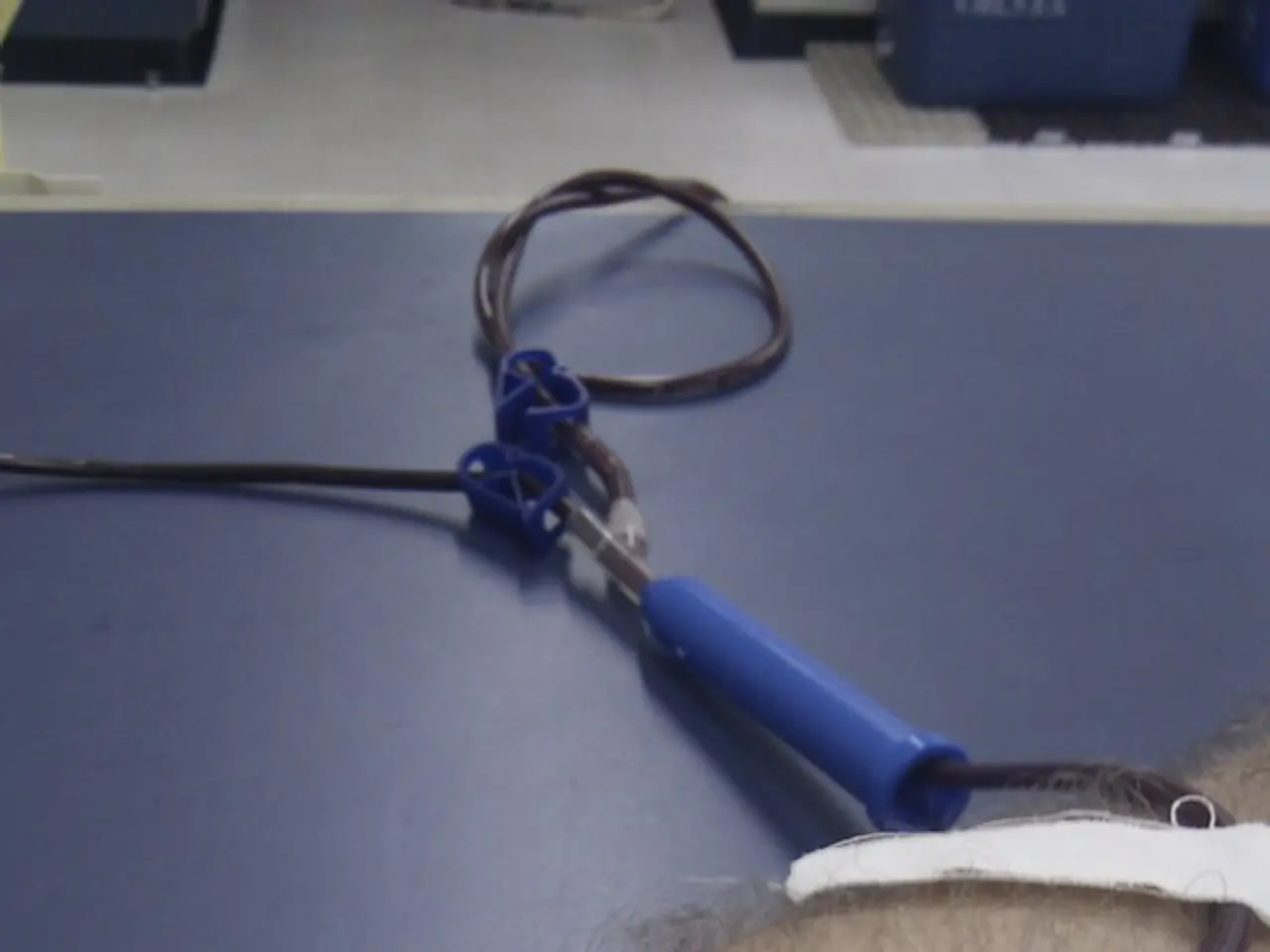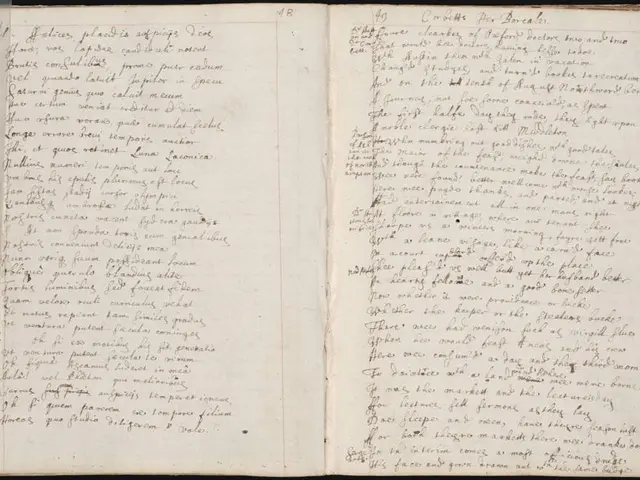Temporal Veins and Pterygoid Plexus Key to Head Blood Circulation
Blood circulation in the head involves several veins, including the temporal veins. These drain into the pterygoid plexus, a network located between the lateral pterygoid and temporalis muscles. The temporal veins collect blood from various sources before carrying it to the heart for oxygenation.
The deep temporal veins, positioned away from the skin, play a crucial role in this process. They gather blood from the parotid veins, anterior auricular veins, transverse facial vein, and articular veins. Notably, the facial vein and the maxillary vein are significant contributors to the pterygoid plexus. These veins drain blood from regions such as the orbit, infratemporal fossa, and parts of the face including the cheek and upper lip.
Veins, in general, serve the vital function of transporting oxygen-depleted blood back to the heart. This ensures a continuous cycle of blood flow and oxygenation throughout the body.
The temporal veins, along with the pterygoid plexus, facilitate efficient blood circulation in the head. Their role in collecting blood from various sources and draining it into the heart is integral to the body's oxygenation process.
Read also:
- FDA's Generic Mifepristone Approval Sparks Pro-Life Concerns Over Safety and States' Rights
- Understanding Child Development: Causes and Signs of Delays
- Pope Francis' New Book 'Let Us Dream' Offers Unity and Hope for Post-Covid World
- Stephanie Estremera Gonzalez: From Medical Assistant to Residential Manager at The Point/Arc







